
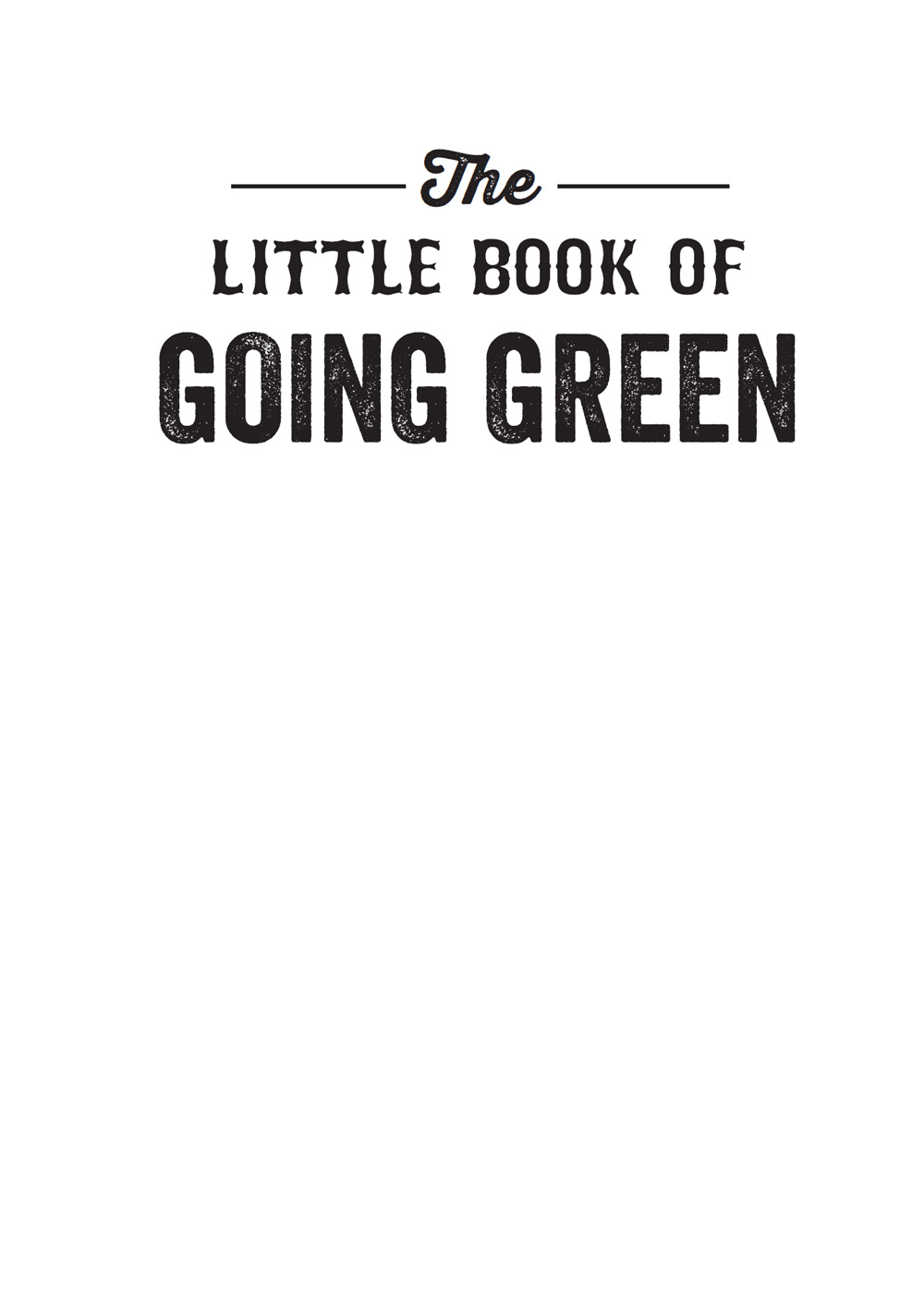

Copyright 2018 by Summersdale Publishers Ltd.
Originally published by Summersdale Publishers, Ltd. in the United Kingdom
All rights reserved. No part of this book may be reproduced in any manner without the express written consent of the publisher, except in the case of brief excerpts in critical reviews or articles. All inquiries should be addressed to Skyhorse Publishing, 307 West 36th Street, 11th Floor, New York, NY 10018.
Skyhorse Publishing books may be purchased in bulk at special discounts for sales promotion, corporate gifts, fund-raising, or educational purposes. Special editions can also be created to specifications. For details, contact the Special Sales Department, Skyhorse Publishing, 307 West 36th Street, 11th Floor, New York, NY 10018 or .
Skyhorse and Skyhorse Publishing are registered trademarks of Skyhorse Publishing, Inc., a Delaware corporation.
Visit our website at www.skyhorsepublishing.com.
10 9 8 7 6 5 4 3 2 1
Library of Congress Cataloging-in-Publication Data is available on file.
Cover design by Qualcom
Cover illustration credit: iStock
Text by Sophie Martin
Print ISBN: 978-1-5107-4173-7
Ebook ISBN: 978-1-5107-4174-4
Printed in China
Contents
WE HAVE FORGOTTEN HOW TO BE GOOD GUESTS, HOW TO WALK LIGHTLY ON THE EARTH AS ITS OTHER CREATURES DO.
BARBARA WARD


INTRODUCTION
The human impact on global climate change has only relatively recently been realized. Arguably, the father of climate-change science is Svante Arrhenius from Sweden, whose work, published in 1896, opened the channel of thought on the topic of the negative impact fossil fuels might have on the planet. However, it wasnt until greater funding became available in the 1950s that researchers could get firm data in place to start to prove their ideas. Then, in 1988, the United Nations founded the Intergovernmental Panel on Climate Change to assess the relevant studies. Research continues, but it is now clear that human progress has adversely affected our environment.
Up until the middle of the eighteenth century, though coal was also used, the main source of fuel was wooda renewable biomass energy source. Then the Industrial Revolution arrived and caused a shift in the way humans lived. Coal overtook wood as the primary source of energy and the population of the world exploded, meaning there was a bigger demand for this energy source. From that point, there was no going back; we continued advancing and soon discovered oil and natural gas could also serve as energy sources, which further contributed to climate change. Unaware of the consequences it would have, we pumped toxic chemicals and gases into the atmosphere, creating the greenhouse effect (where greenhouse gases act like a blanket trapping heat inside the Earths atmosphere) and causing an increase in global temperatures we now call global warming.
Although many of us are aware of the damage caused to the planet by human progress, few of us are actively trying to reduce how much we contribute to it. Consumerism has become a central focus in society: we have come to expect too many things and take too much for granted, whether its the expectation of foreign travel, owning the newest technological innovation, fast food consumption, commuting to work, or simply flicking the heating on at the first sign of cold. We bury our heads in the sand about the impact we have on the environment and spend little time addressing how we could change our lives for the good of the planet. We cant just hope that other people will take charge of making improvementsevery one of us needs to be involved to have an impact.
This book is an introduction to the main ways we are damaging the environment and how we can each contribute to being more earth-friendly.

WHAT IS CONTRIBUTING TO CLIMATE CHANGE?
PLASTICS

WHAT IS PLASTIC?
Plastic as we know it today was invented in 1907 (over a hundred years ago!). From egg timers and phones, to toothbrushes and plumbing pipes, plastic is everywhere. This man-made material is produced from petroleum or natural gas, both of which are non-renewable resources, and both the amount and types of plastic we use are continuing to increase at an alarming rate.
WHY IS PLASTIC USED SO MUCH?
There are countless reasons why this synthetic material is now an inherent part of our day-to-day lives, including its versatility, durability, imperviousness to water, and ability to withstand heavy weights. It is also a manufacturers dream, due to low production costs compared with other greener alternatives, such as glass and bioplastics.
WHAT ARE BIOPLASTICS?
They look, feel, and are almost the same as traditional plastics, but instead of using harmful chemicals, natural chemicals such as corn starch are used in the production process. Compared with non-biodegradable plastics, they are compostable, emit almost 70 percent fewer greenhouse gases when they biodegrade, and use just one-third of the energy needed to create plastic from carbon.
DO THE PROS OF PLASTIC OUTWEIGH THE CONS?
Although it may be a cheap, flexible, and long-lasting material to manufacture, plastic comes at a significant cost to our planet. Two of the biggest causes for concern are its energy-intensive and non-renewable production and its inability to biodegrade: this in turn affects both the planets atmosphere, as it is constantly being pumped full of harmful fossil fuels, and its wildlife as we struggle to keep the waste at bay.
WATER AND AIR, THE TWO ESSENTIAL FLUIDS ON WHICH ALL LIFE DEPENDS, HAVE BECOME GLOBAL GARBAGE CANS.
JACOUES COUSTEAU

HOW HARMFUL ARE PLASTICS? THE FACTS
 Around 300 million tons of plastic is produced worldwide each year. Of that, approximately ten percent is recycled.
Around 300 million tons of plastic is produced worldwide each year. Of that, approximately ten percent is recycled.
 Each year, 17 million barrels of oil are used in the production of Americas water bottles alonethats the equivalent of running more than 1 million cars for a year straight!
Each year, 17 million barrels of oil are used in the production of Americas water bottles alonethats the equivalent of running more than 1 million cars for a year straight!
 The great Pacific garbage patch, an area of the ocean which is so highly concentrated in plastic debris that it looks like an island, is estimated to be 2.7 meters deep and twice the size of Texas.
The great Pacific garbage patch, an area of the ocean which is so highly concentrated in plastic debris that it looks like an island, is estimated to be 2.7 meters deep and twice the size of Texas.

Next page
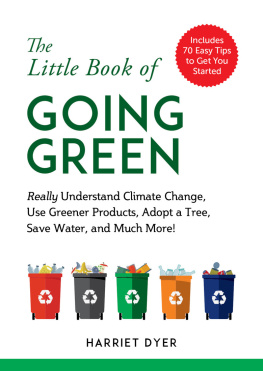
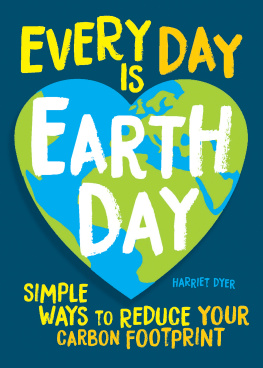
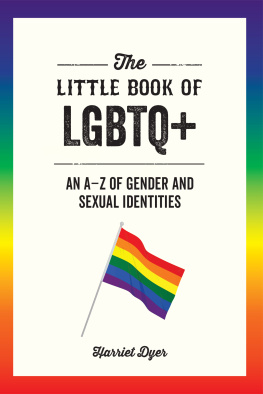
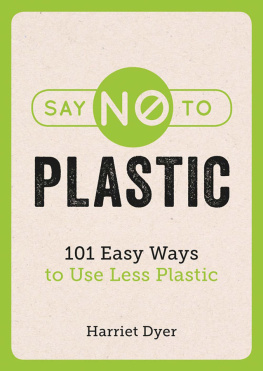
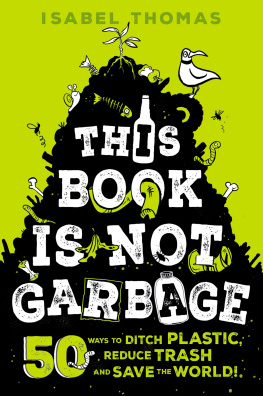
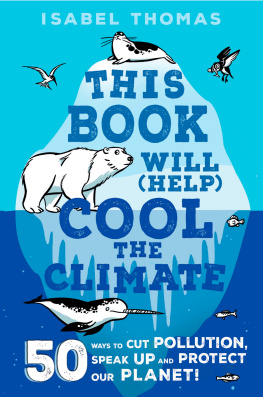
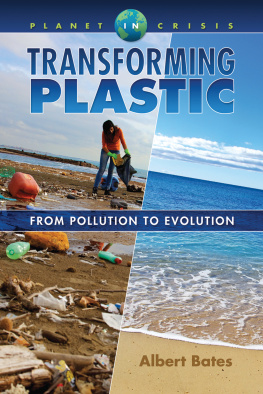

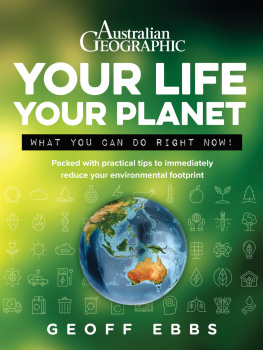
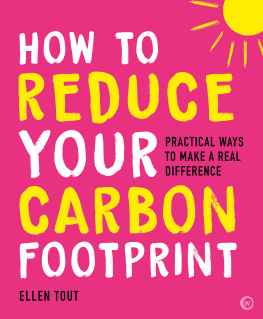


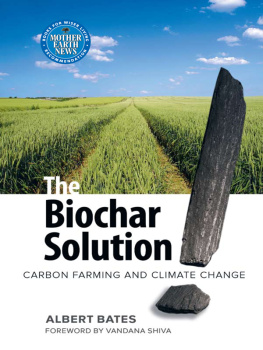
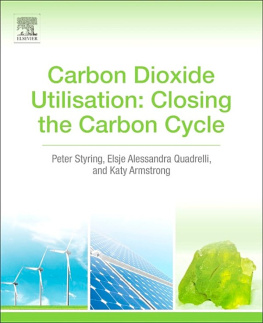







 Around 300 million tons of plastic is produced worldwide each year. Of that, approximately ten percent is recycled.
Around 300 million tons of plastic is produced worldwide each year. Of that, approximately ten percent is recycled.